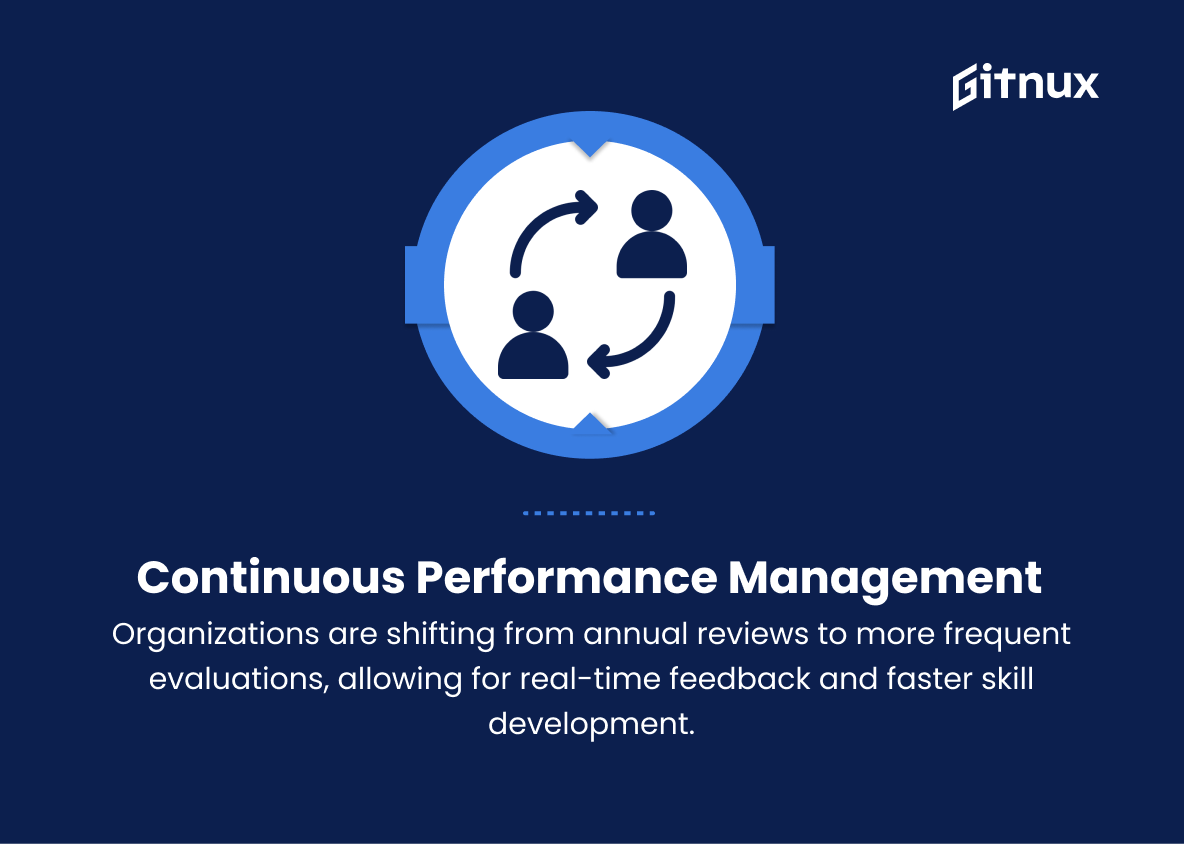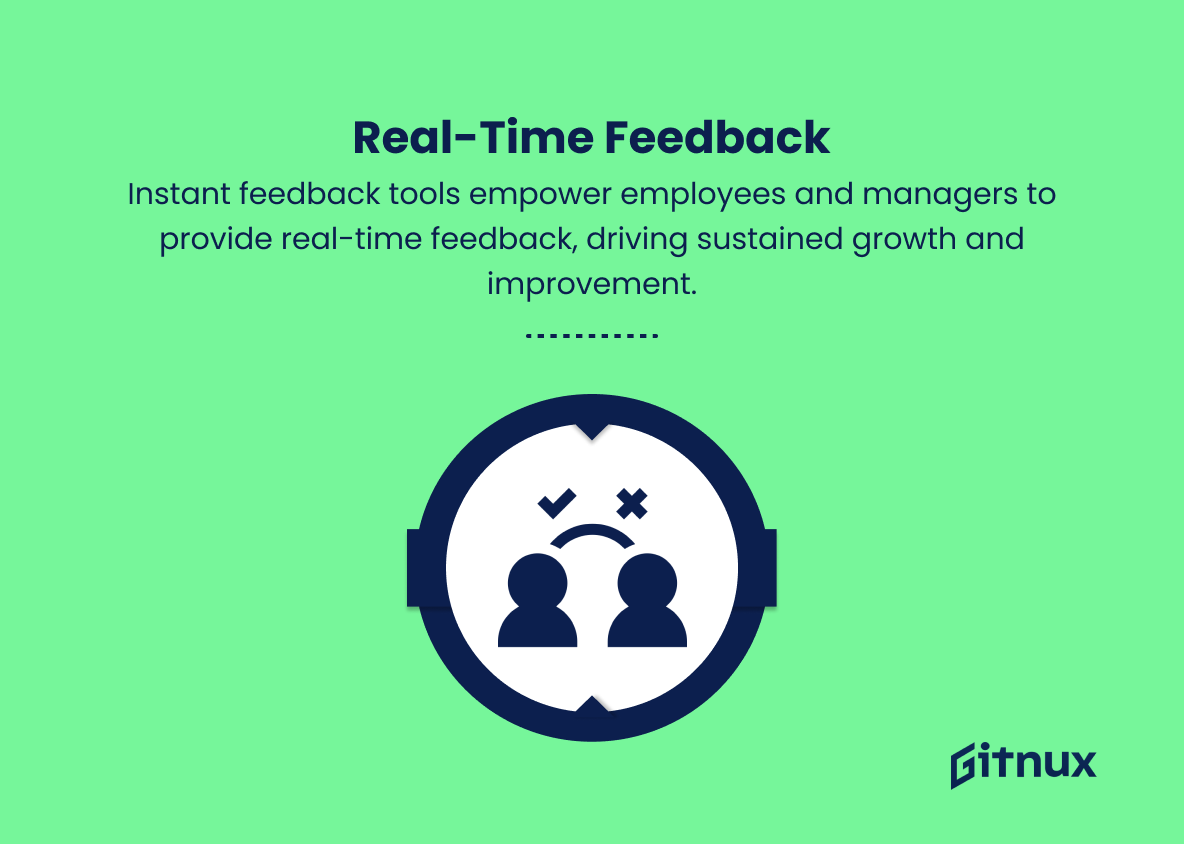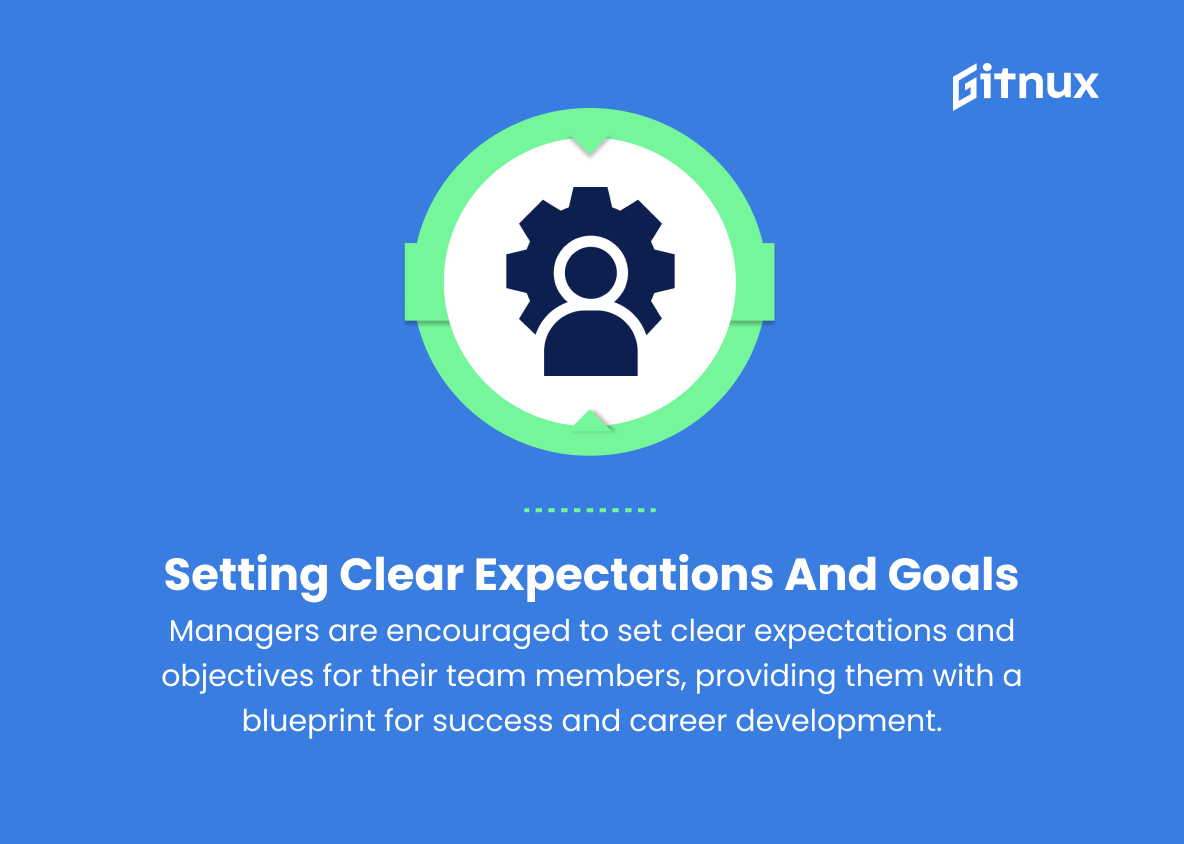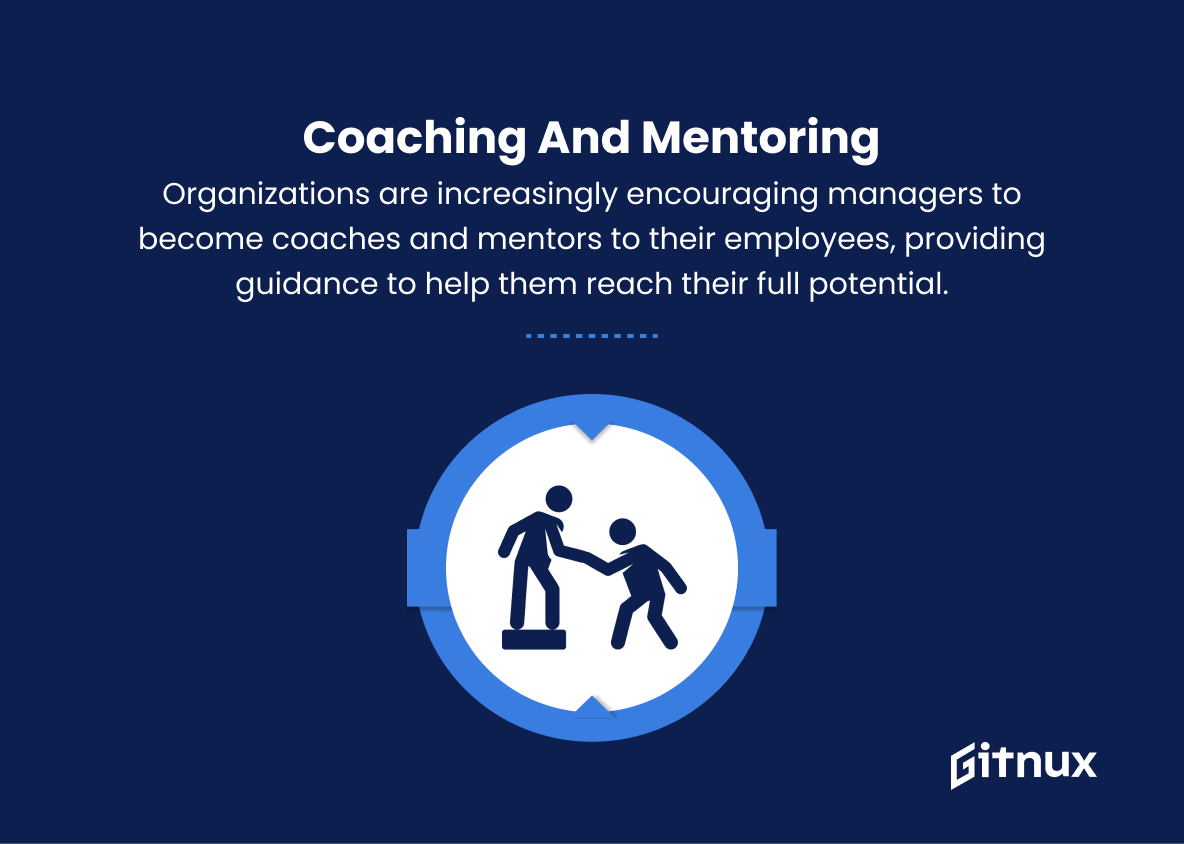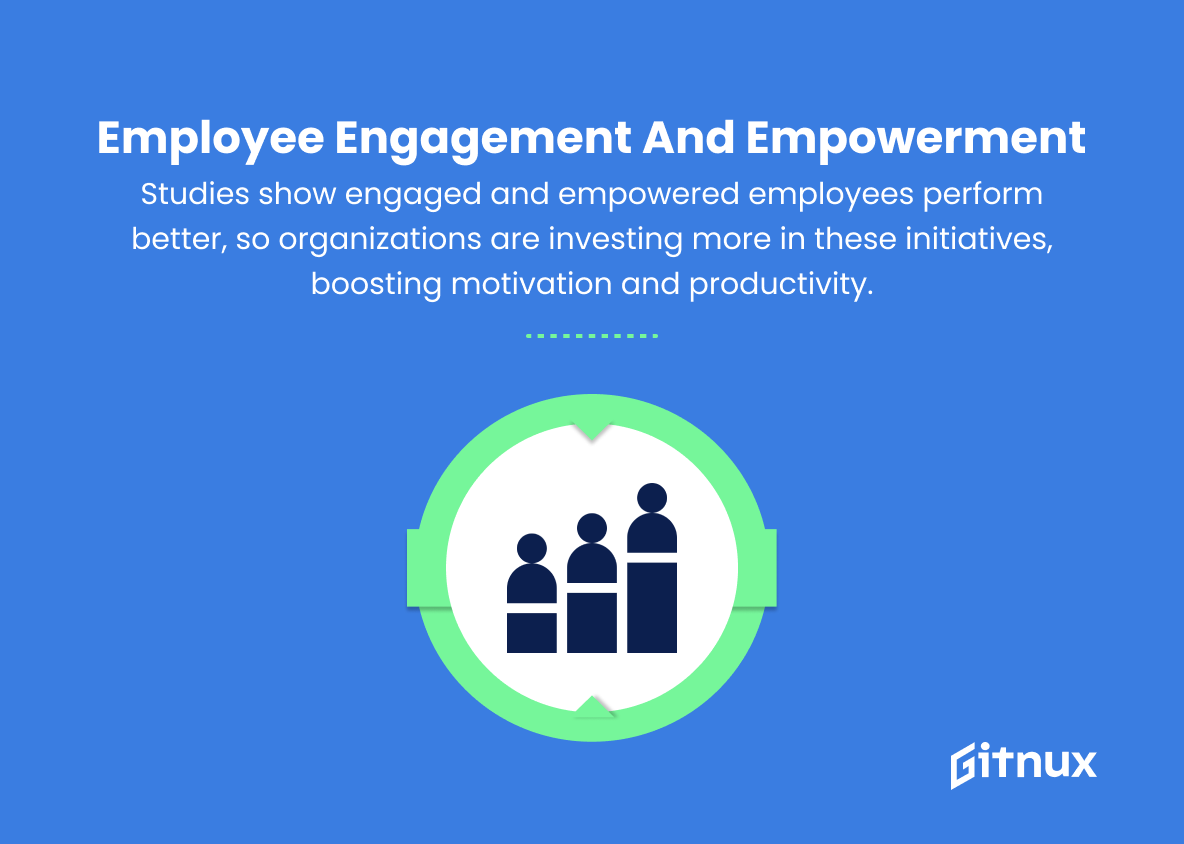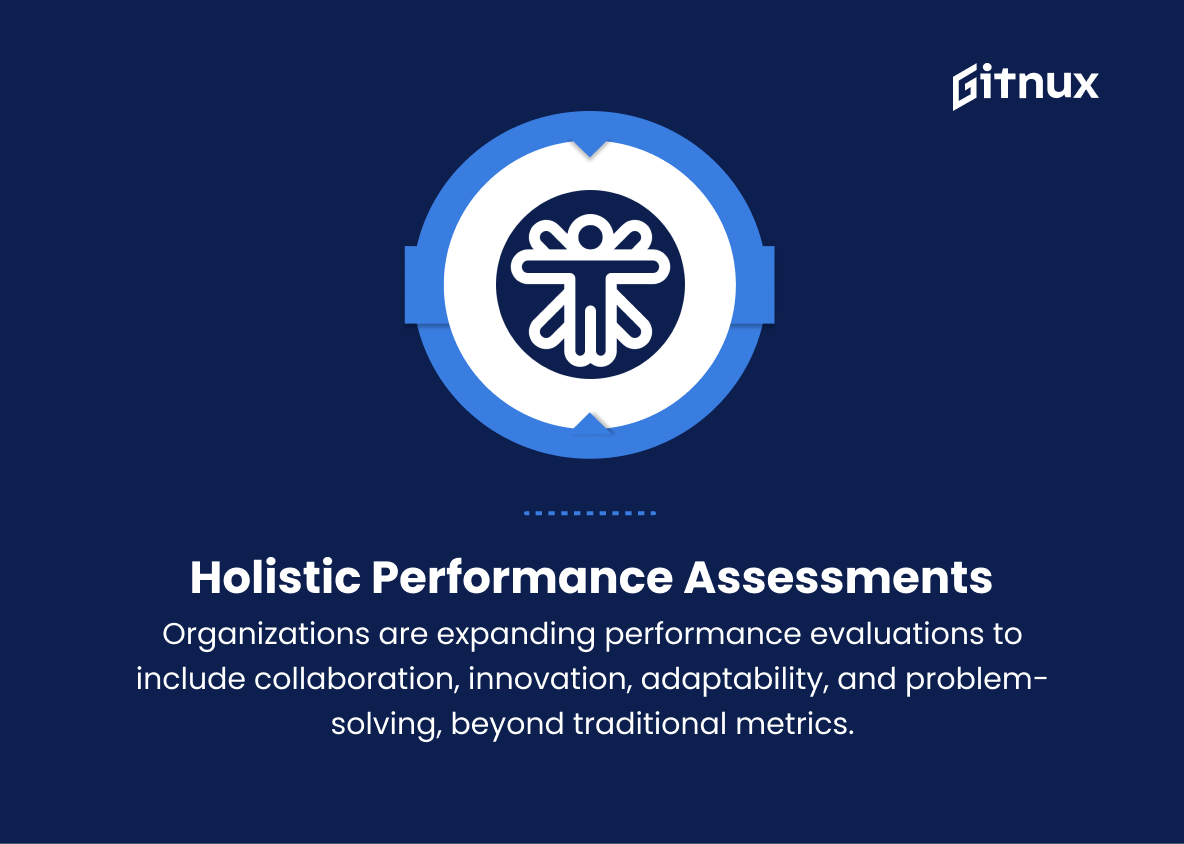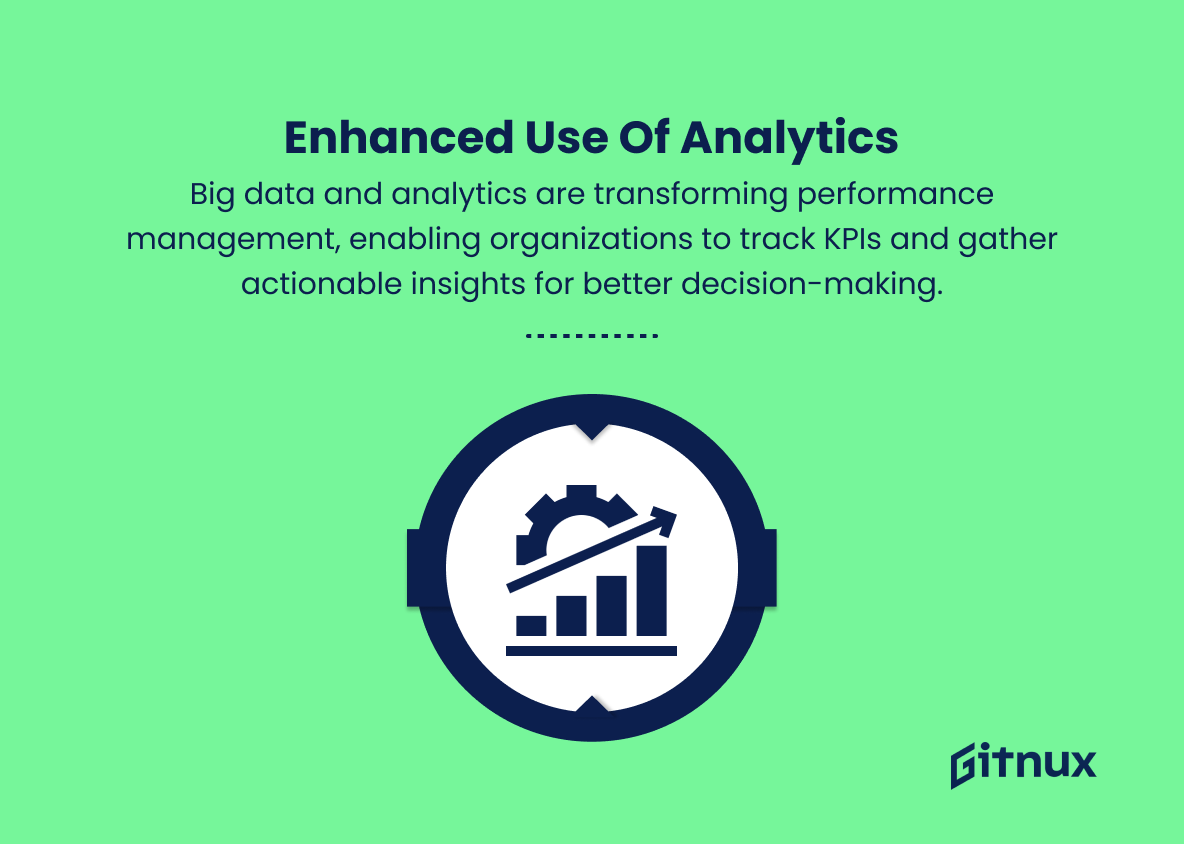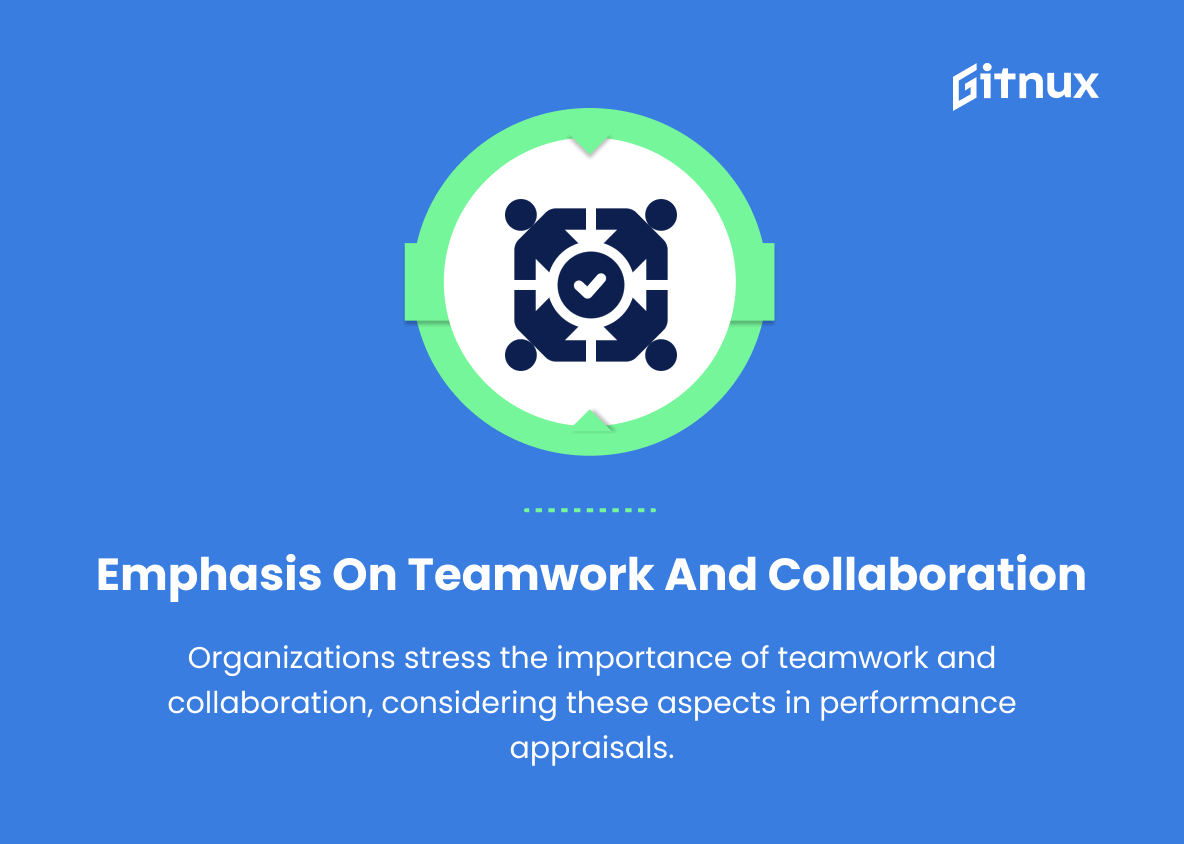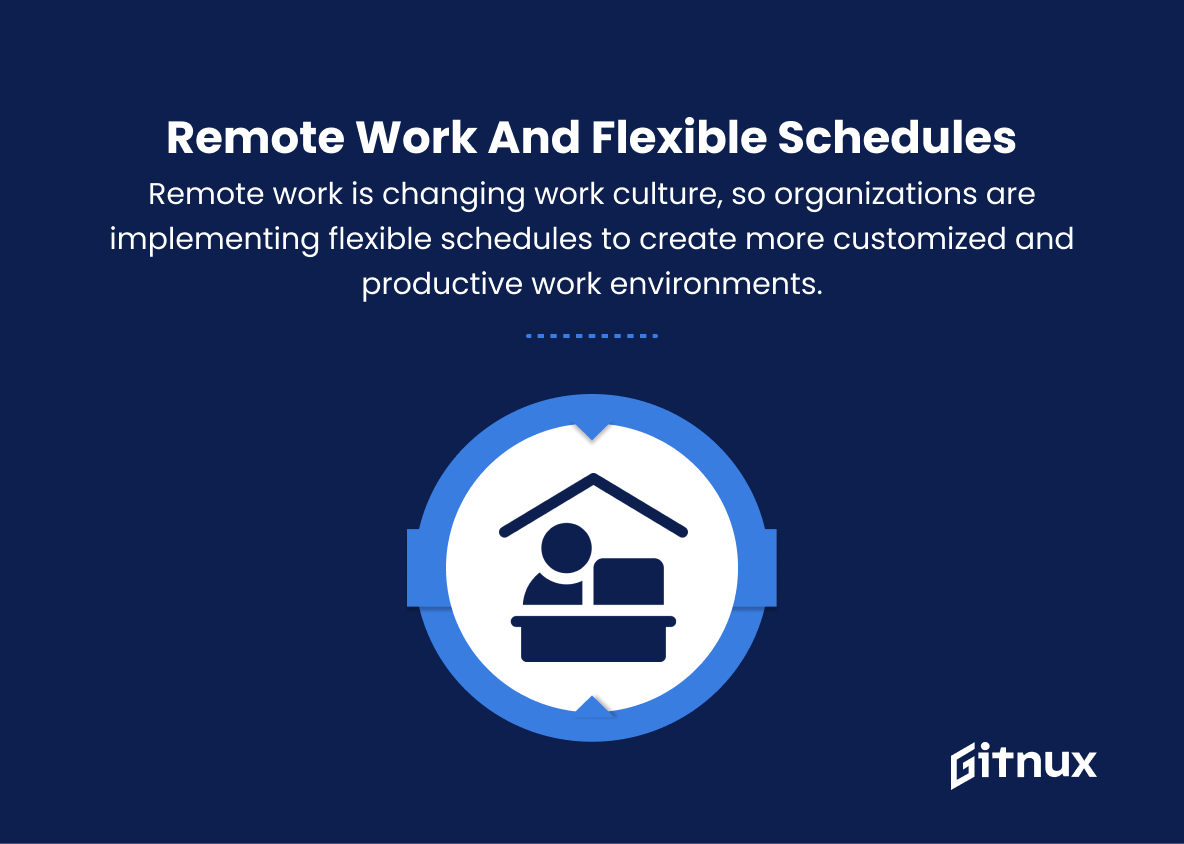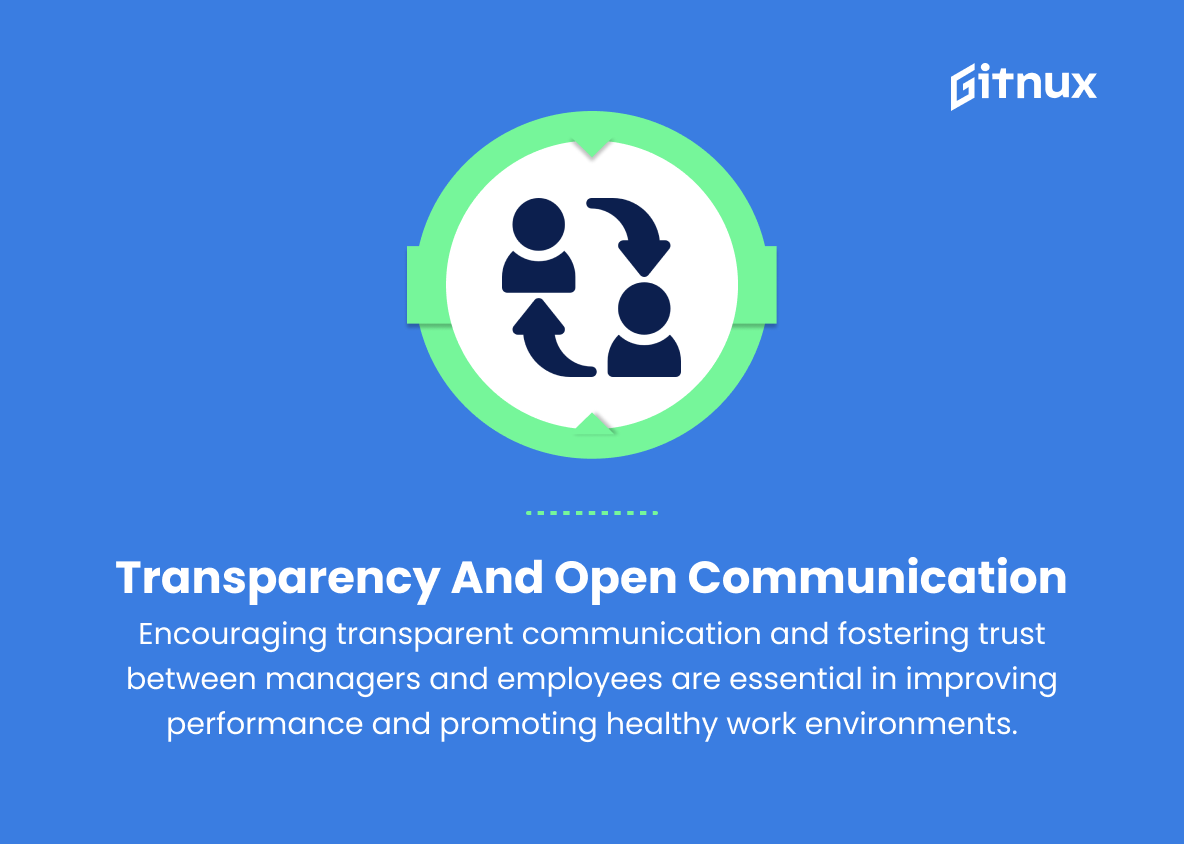In today’s fast-paced and ever-evolving business landscape, effective performance management has become a vital component for organizations striving to maintain a competitive edge. By focusing on strategic alignment, employee engagement, and measurable outcomes, companies can foster a culture of continuous improvement and growth.
In recent years, performance management trends have shifted significantly, with businesses abandoning traditional models in favor of more dynamic, adaptable, and people-centric approaches. In this insightful blog post, we will delve into the most influential performance management trends shaping the world of work today and explore how these innovative shifts are transforming the way we assess, develop, and ultimately, maximize the potential of human capital.
Top Performance Management Trends
1. Continuous performance management
As opposed to annual reviews, organizations are adopting more frequent and ongoing evaluations, allowing managers and employees to address issues in real-time and enable quicker skill development.
2. Real-time feedback
Instant feedback tools, mobile apps, and software solutions are enabling employees and managers to provide real-time feedback on their performance, which aids in sustained growth and improvement.
3. Setting clear expectations and goals
Managers are encouraged to set clear expectations and objectives for their team members, providing them with a blueprint for success and career development.
4. Coaching and mentoring
Organizations are increasingly encouraging managers to become coaches and mentors to their employees, providing guidance to help them reach their full potential.
5. Personalized performance management
Acknowledging that employees have unique strengths and weaknesses, organizations are focusing on personalized performance management plans that cater to individual needs and goals.
6. Employee engagement and empowerment
Studies show that engaged and empowered employees perform better, so organizations are investing more in employee engagement and empowerment initiatives, driving higher motivation and productivity.
7. Holistic performance assessments
Organizations are considering various aspects of an employee’s growth and development, such as collaboration, innovation, adaptability, and problem-solving, in their performance evaluations, rather than relying solely on traditional metrics.
8. Enhanced use of analytics
Big data and analytics are playing a significant role in performance management, enabling organizations to track key performance indicators and gather actionable insights for more informed decision-making.
9. Emphasis on teamwork and collaboration
Organizations stress the importance of teamwork and collaboration, considering these aspects in performance appraisals.
10. Remote work and flexible schedules
With the rise of remote work due to advances in technology and a shift in work culture, organizations are implementing flexible schedules, allowing for more customized and productive work environments.
11. Gamification and rewards
Companies are introducing gamification elements and performance-based rewards into their performance management systems to boost employee engagement and motivation.
12. Employee well-being and resiliency
Companies are recognizing the impact of employee well-being and resiliency on performance, incorporating strategies to support a healthy work-life balance and managing stress.
13. Diversity and inclusion
To foster a fair and inclusive work environment, organizations are incorporating diversity and inclusion measures into performance appraisals, emphasizing the importance of creating a welcoming culture for all employees.
14. Integration of learning and development
Combining performance management with learning and development initiatives, organizations can provide employees with the necessary resources to develop new skills, evolve in their roles, and contribute to overall business success.
15. Transparency and open communication
Encouraging transparent communication and fostering trust between managers and employees are essential in improving performance and promoting healthy work environments.
Implications
The future of performance management is shifting towards a more employee-centric approach, focusing on continuous improvement, individualized goals, and overall well-being.
Companies are adopting continuous performance management and real-time feedback tools to address problems immediately and accelerate skill development.
Clear expectations, coaching, and personalized performance management plans empower employees to excel in their roles. Investments in employee engagement and holistic performance assessments, prioritizing collaboration, adaptability, and problem-solving, further contribute to a thriving workforce.
These efforts are supported by advanced analytics, enabling data-driven decision-making and performance evaluation. Additionally, embracing remote work and flexible schedules allows for a more customized work environment that suits employees’ individual needs.
Gamification and rewards systems promote motivation and increased commitment to organizational goals. Companies are also paying attention to employee well-being, incorporating strategies for resilience, stress management, and work-life balance.
Diversity and inclusion initiatives ensure a fair and supportive atmosphere is maintained. Integrating learning and development programs with performance management creates opportunities for employees to grow and contribute to business success.
Finally, transparency and open communication are central to building trust and fostering a healthy, harmonious work culture where performance thrives.
Conclusion
In summary, performance management trends are continuously evolving, reflecting the dynamic nature of the business landscape and the need for organizations to adapt and stay competitive.
With increased focus on employee development, engagement, and maximizing their potential, new strategies such as continuous feedback, data-driven decision-making, and harnessing technology are playing a critical role in shaping the future of performance management.
As we move forward, businesses must not only keep up with these trends but proactively embrace them, fostering a culture of continuous learning and improvement, ultimately ensuring long-term success and growth.
